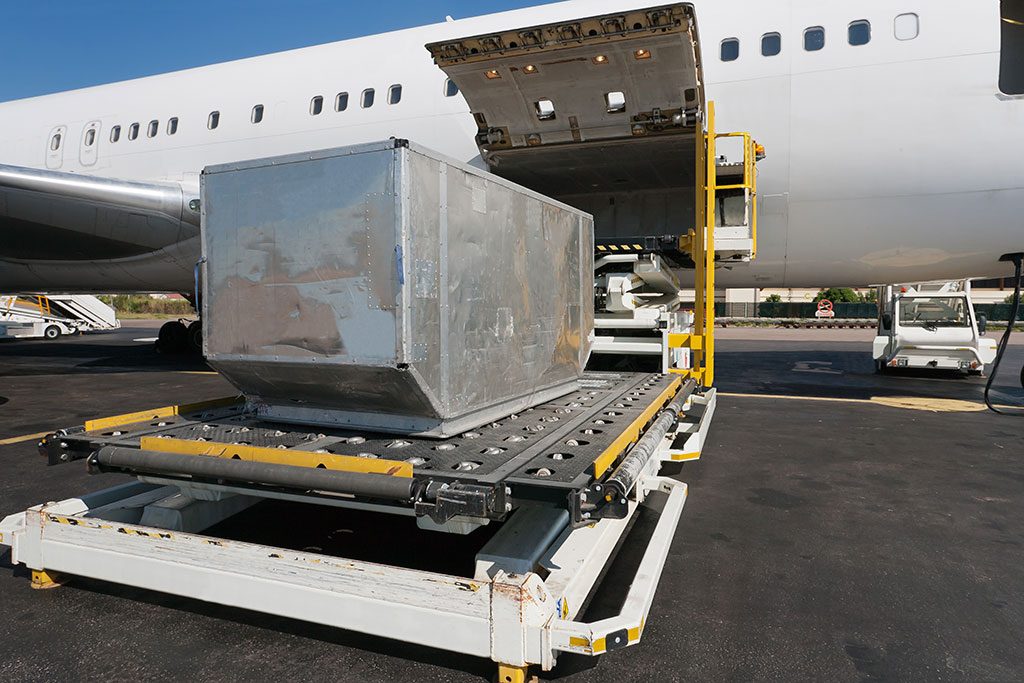In today's fast-paced world, transportation plays a crucial role in connecting people and facilitating global trade. Among various modes of transportation, flying has emerged as one of the most popular and efficient ways to travel long distances. However, safety is a paramount concern for travelers. In this blog post, we will explore why flying is considered the safest form of transportation, backed by statistical evidence and expert opinions.
- Stringent Safety Regulations:
The aviation industry operates under strict regulations imposed by international bodies such as the International Civil Aviation Organization (ICAO) and national aviation authorities. These regulations cover every aspect of flight operations, including aircraft design, maintenance, pilot training, air traffic control, and emergency procedures. Compliance with these regulations ensures that safety standards are consistently upheld, minimizing the risk of accidents. - Advanced Technology:
Modern aircraft are equipped with state-of-the-art technology that enhances safety. From advanced navigation systems to sophisticated weather radars, these technological advancements enable pilots to make informed decisions and avoid potential hazards. Additionally, aircraft undergo regular maintenance and inspections to ensure that all systems are functioning optimally, reducing the likelihood of mechanical failures. - Highly Trained Professionals:
The aviation industry places great emphasis on pilot training and qualifications. Pilots undergo rigorous training programs, including simulator sessions and extensive flight hours, to develop their skills and knowledge. Furthermore, they are required to undergo recurrent training to stay updated with the latest procedures and regulations. The presence of highly trained pilots, along with a competent cabin crew, contributes significantly to the overall safety of air travel. - Robust Safety Management Systems:
Airlines and aviation organizations implement comprehensive safety management systems (SMS) to identify and mitigate potential risks. These systems involve proactive risk assessment, incident reporting, and continuous improvement strategies. By analyzing data and implementing corrective measures, the industry continually strives to enhance safety standards and prevent accidents. - Safety Statistics:
Statistical data consistently supports the claim that flying is the safest form of transportation. According to the International Air Transport Association (IATA), the global accident rate for commercial flights in 2020 was just 0.27 accidents per million flights. This demonstrates the industry's commitment to maintaining an impeccable safety record. Moreover, advancements in safety measures have led to a steady decline in accident rates over the years.
Conclusion:
Flying has undoubtedly become the safest mode of transportation, thanks to stringent regulations, advanced technology, highly trained professionals, robust safety management systems, and impressive safety statistics. The aviation industry's unwavering commitment to safety ensures that passengers can travel with peace of mind. So, the next time you board a flight, rest assured that you are embarking on the safest journey possible.


